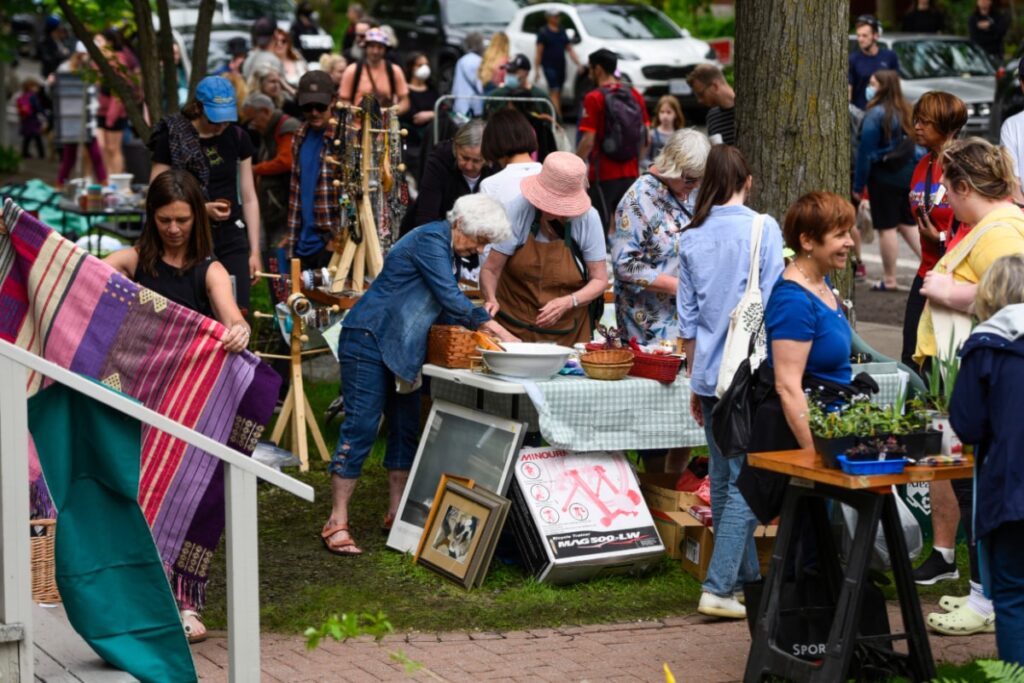Used items are often great, but regulators say buyers should be wary of damage, recalls and bans.
With garage sale season in full swing and online marketplaces more popular than ever, Health Canada is urging buyers to do their research before purchasing second-hand goods.
“This is a great way to save money and reduce waste, but consumers also need to keep safety in mind,” said Andres Lee, a British Columbia-based product safety officer with Health Canada.
She spent a week canvassing second-hand stores in the Kamloops area to check for suspicious items, and while most of what she saw met the criteria, Lee said that doesn't mean that rare, dangerous items aren't being resold.
Lee said three things buyers need to look at are the condition of the product, whether it has been recalled and whether it's banned in Canada.
“Some second-hand items may have wear and tear, hidden issues, or missing labels or instructions,” Lee says — all things to look out for when assessing an item's condition.
For example, a used helmet may not have any visible cracks on the outside but could be hiding internal damage from a previous accident, Lee said. In that case, the best thing a buyer can do is ask the seller about the item's history and hope they're being honest, he said.
Other items, such as car seats, usually require expiration dates that are easily visible.
When it comes to recalls and bans, buyers should search Health Canada's online listings to see if the product they're considering buying is safe.
Recent recalls include a brand of blending container that poses a laceration hazard, a cordless hair trimmer that poses a burn hazard, and a brand of crampons that could cause users to fall.
Prohibited items include baby walkers that allow children to reach the ground with their feet, lawn darts with long, thin metal tips, kite string made of electrically conductive material and a substance sold as “sneezing powder.” Lee added that the more commonly seen banned items are toddler jackets and sweaters with non-retractable drawstrings, which pose a suffocation hazard.
Lee said that in general, buyers should do their research before buying second-hand products. He suggested searching Health Canada listings, asking to try the product for themselves, checking the product manufacturer's website, reading consumer forums and checking product reviews.
“It's worth buying second-hand, but ask questions.”
Lee said most people aren't worried about second-hand items becoming unhygienic. Second-hand makeup can contain harmful bacteria, but if not, people should simply wash the second-hand items thoroughly before wearing or using them, Lee suggested.
She urged anyone who buys second-hand products and later discovers they are defective or dangerous to report them to Health Canada.



